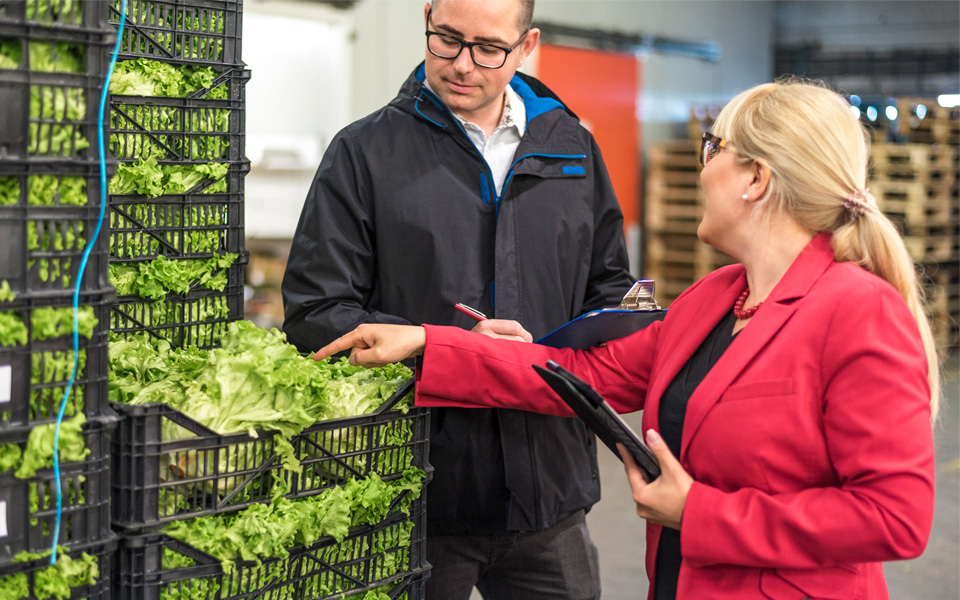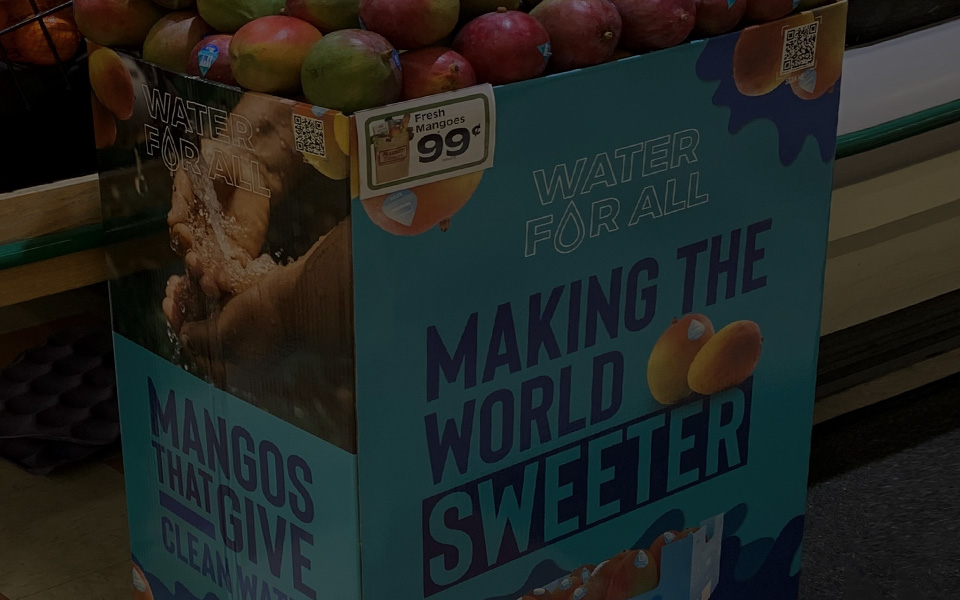Tracking food safety data during the cold chain journey

Whether you’re a convenience store (c-store) operator, quick-service restaurant (QSR), or a fast casual or fine dining establishment, ensuring food quality and safety is imperative to your success. In this blog, the third of a three-part series based on a recent E360 article, Minimizing Food Safety Risks From Farm to Fork, we explore how advanced technologies can protect food safety at every step in the cold chain.

Food safety and quality are the cornerstones to any successful foodservice operation. The ability for operators to deliver on both, however, hinges in large part on an interdependent supply chain of multiple, diverse stakeholders. Yet many operators are unaware of the efforts required to maintain food safety and quality throughout this cold chain.
Until now.
The rise of internet of things (IoT) technologies is providing unprecedented opportunities to monitor, control and track the many factors that influence quality during food’s long journey from farms to customers. For foodservice operators, this means greater control over ensuring that food is safe on receipt. Exercising this power starts with understanding the cold chain and how data is collected.
The cold chain journey
As foodservice operators well know, the pressure to protect food safety is felt most acutely where customers buy or consume food. But every stakeholder in the cold chain is responsible for maintaining food quality and freshness:
-
- Harvesting and processing: The cold chain journey begins at the moment of harvest, where everything from the time of day to environmental conditions affect quality. Processors use a variety of strategies, including temperature controls, to slow or halt the decay process. The pipeline of data monitoring also begins at this stage, with pulp temperature probes and temperature loggers and trackers.
- Transportation: Whether food is shipped by land, sea or air, reputable transport companies will apply a variety of best practices and technologies to protect its quality. Independent temperature monitoring, logging and tracking devices that provide real-time communications are essential at this stage. These systems enable remote monitoring and issue alert notifications when deviations in temperatures, humidity, modified atmosphere settings and vibration occur.
- Cold storage: Cold storage distribution centers are another vital link in the cold chain. Here, data is collected at several points to ensure that food meets documented food safety standards. Many of these facilities employ different temperature zones and use both industrial and commercial refrigeration technologies. Devices that can work across disparate systems to monitor, record and maintain proper temperatures are critical to providing temperature certainty.
- Restaurants: From the moment they accept a shipment, operators take ownership of food safety. For this reason, they should meticulously inspect all data accrued during the product’s journey to ensure it was kept at optimal conditions. After receipt, advanced facility and refrigeration controls can help operators maintain proper temperatures and comply with food safety regulations.
Solutions to protect food safety at every step
The cold chain can involve multiple hand-offs as food makes a days- or weeks-long journey to its final destination. That’s why end-to-end solutions for cold chain technologies are so essential to protecting food safety. An unbroken chain of data, paired with the streamlining capabilities of IoT technologies, puts greater oversight of food quality into the hands of operators and their suppliers.
At Emerson, we have both the refrigeration expertise and targeted solutions for nearly every point along the food supply chain. Our growing portfolio of connected, communicating devices and enterprise management software provides the solutions and resources our customers need to achieve cold chain temperature certainty and verification throughout food’s journey.
From compression and refrigeration system technologies, to case controls and facility management devices, to temperature loggers, trackers and probing devices, to software and services — we’re a leading single-source partner dedicated to helping our customers ensure full cold chain integrity.
So if you’re ready to take your operation to the next level with advanced controls and technologies, contact Emerson today.

Six Ways to Reduce Food Waste by Tracking the Supply Chain
by Gerd Uitdewilligen | Cold Chain
*Emerson’s Climate Technologies business is now a new standalone company: Copeland. Over the next...

Protect Valuable Shipments in High-Crime Areas
by Lissandra Rodriguez | Cold Chain
*Emerson’s Climate Technologies business is now a new standalone company: Copeland. Over the next...

Real-time Tracking Protects Valuable Mango Cargo
by Andres Toro | Cold Chain
*Emerson’s Climate Technologies business is now a new standalone company: Copeland. Over the next...
The post Tracking Food Safety Data During the Cold Chain Journey appeared first on Copeland E360 Blog.